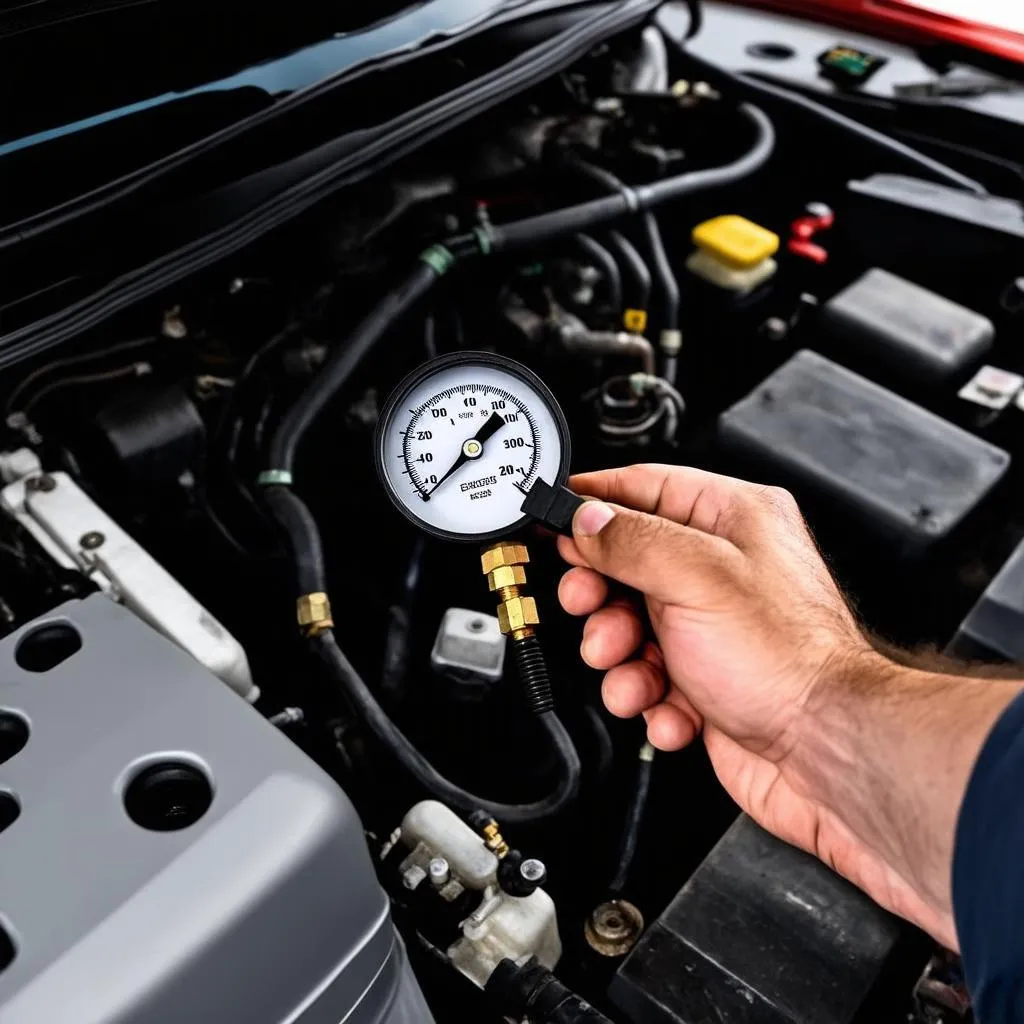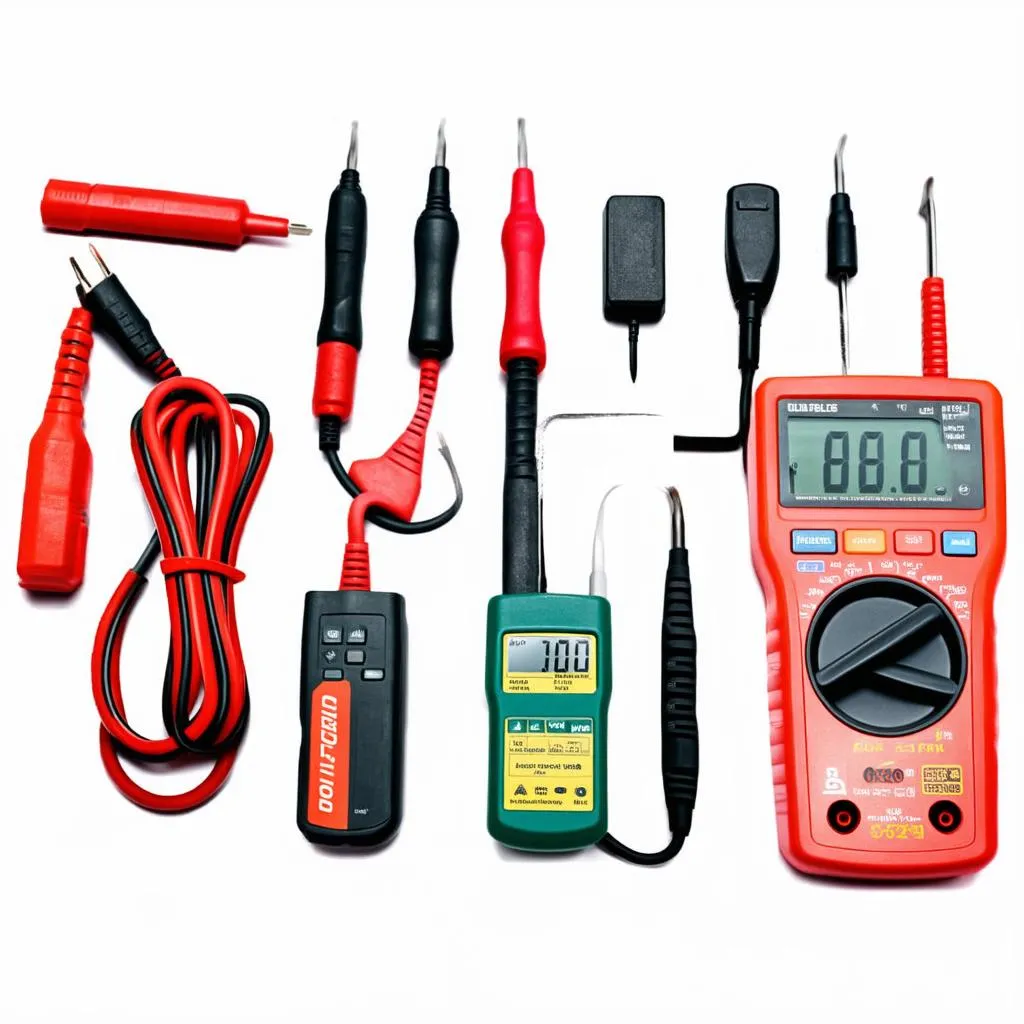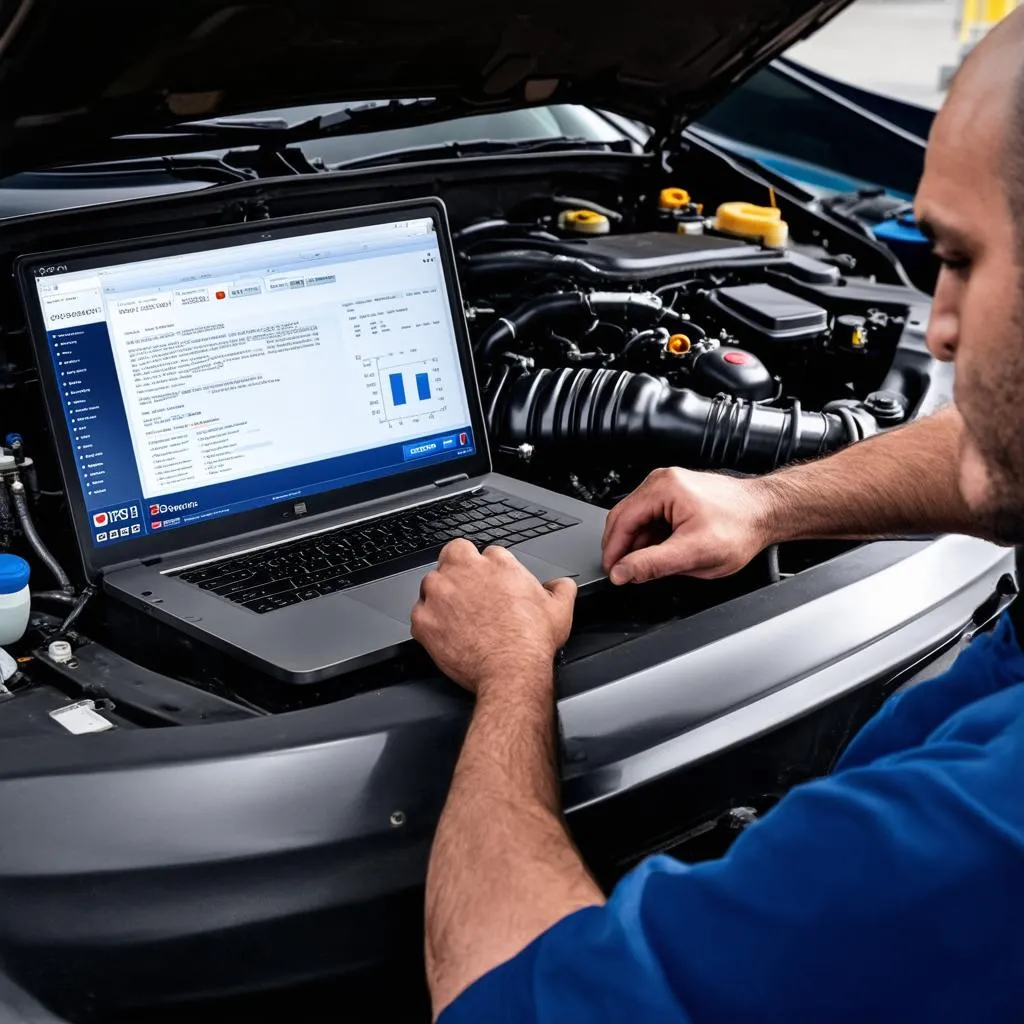One of the most frustrating experiences for a car owner is seeing the check engine light pop up on their dashboard. This anxiety is often amplified when the error code reads VCDS P0087. As an automotive technician, I can assure you that this code, while concerning, is usually resolvable without significant hassle.
This comprehensive guide is designed to demystify the VCDS P0087 code. We’ll delve into what triggers it, how to diagnose the problem accurately, and the common solutions to get your car back on the road quickly and safely.
What Does VCDS P0087 Mean?
The P0087 code stands for “Fuel Rail/System Pressure – Too Low”. This means your car’s engine control module (ECM) has detected that the fuel pressure in the fuel rail is below the manufacturer’s specified range. In simpler terms, your engine is likely not getting enough fuel to function optimally.
Common Causes of the P0087 Code
Before we dive into solutions, it’s crucial to identify the root cause of the P0087 code. Here’s a list of the most common culprits:
- Failing Fuel Pump: A weak or failing fuel pump can struggle to maintain the necessary pressure in the fuel system.
- Clogged Fuel Filter: Over time, debris and contaminants can accumulate in the fuel filter, restricting fuel flow and causing low pressure.
- Faulty Fuel Pressure Regulator: This component is responsible for maintaining consistent fuel pressure in the rail. If it malfunctions, the pressure can drop, triggering the P0087.
- Leaking Fuel Lines or Injectors: Leaks in the fuel system can lead to a drop in pressure as fuel escapes.
- Wiring Issues: Damaged or corroded wiring within the fuel system can disrupt communication between the ECM and the fuel pump or pressure sensor, leading to inaccurate readings.
Diagnosing the P0087 Fault Code
Accurately diagnosing the cause of the P0087 code is paramount before attempting any repairs. Here’s a step-by-step approach:
-
Check for Other Codes: Often, the P0087 code appears alongside other error codes. It’s vital to address all codes as they might be interconnected and point to a more significant issue.
-
Visual Inspection: Begin by visually inspecting the fuel system for any obvious signs of damage, leaks, or loose connections. Pay particular attention to fuel lines, the fuel filter, and connections to the fuel rail.
-
Fuel Pressure Test: This is a crucial step in confirming the low fuel pressure and determining the severity of the issue. A mechanic will use a fuel pressure gauge to measure the pressure at the fuel rail and compare it to the manufacturer’s specification.
-
Check Fuel Pump Operation: Listen for the characteristic humming sound of the fuel pump when you turn the ignition key to the “on” position (without starting the engine). If you don’t hear it, or it sounds weak, it could indicate a failing pump.
-
Inspect the Fuel Pressure Regulator: A faulty regulator can often be identified by disconnecting the vacuum hose attached to it. If you notice fuel leaking from the regulator or the vacuum hose, it’s a strong indicator that it needs replacement.
 Fuel Pressure Testing
Fuel Pressure Testing
Resolving the P0087 Code
Once you’ve pinpointed the cause of the P0087 code, you can proceed with the appropriate repair. Here are the most common solutions:
-
Replace the Fuel Pump: A failing fuel pump usually necessitates replacement. While this can be a more involved repair, it’s essential for restoring proper fuel delivery.
-
Change the Fuel Filter: Regular fuel filter replacement is a critical part of vehicle maintenance. If a clogged filter is the culprit, replacing it will restore proper fuel flow.
-
Replace the Fuel Pressure Regulator: A malfunctioning regulator needs to be replaced to ensure consistent fuel pressure.
-
Repair Fuel Leaks: If leaks are detected in the fuel lines, connectors, or injectors, they need immediate repair to prevent further issues.
-
Address Wiring Problems: Any damaged or corroded wiring within the fuel system should be repaired or replaced to ensure proper communication between components.
Frequently Asked Questions about VCDS P0087
Here are answers to some common questions about this error code:
Can I still drive my car with the P0087 code?
It’s not advisable to drive your car for extended periods with the P0087 code active. Continued driving with low fuel pressure can lead to engine damage.
Is it safe to fix the P0087 issue myself?
While some repairs, like changing the fuel filter, can be done with basic mechanical skills, others, like fuel pump replacement, are best left to qualified mechanics.
How much does it cost to fix the P0087 code?
The cost of repair depends significantly on the underlying cause. Replacing a fuel filter is relatively inexpensive, while a new fuel pump can be more costly.
Can using a higher octane fuel fix the P0087 code?
No, using a higher octane fuel will not address the underlying mechanical issue causing the low fuel pressure.
 Automotive Diagnostic Tools
Automotive Diagnostic Tools
Cardiagtech: Your Partner in Automotive Diagnostics
Dealing with error codes like the VCDS P0087 can be a daunting experience. If you’re unsure about diagnosing or resolving the issue, it’s always recommended to consult with a qualified mechanic or use a reliable diagnostic tool like those offered by Cardiagtech. Their advanced diagnostic solutions can help pinpoint the problem accurately and get you back on the road quickly and safely.
Need More Help?
Understanding and addressing automotive issues can be challenging. If you have further questions or require additional assistance with the VCDS P0087 code or other car-related concerns, don’t hesitate to reach out to the experts at CARDIAGTECH for personalized guidance and support.

